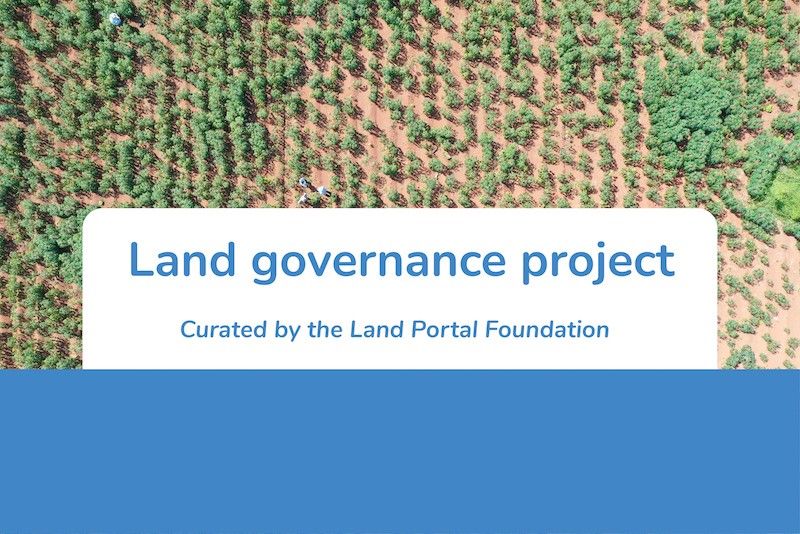Community / Land projects / Restoring the degraded watershed and livelihoods of Lakhandei river basin through Sustainable Land Management
Restoring the degraded watershed and livelihoods of Lakhandei river basin through Sustainable Land Management

€1322595.868
08/21 - 08/25
Actief
This project is part of
Implementing Organisations
Donors
Data Providers
Objectives
To achieve LDN in dryland landscapes creating enabling environment to support scaling up and mainstraming SLM and LDN
Other
Note: Disbursement data provided is cumulative and covers disbursement made by the project Agency.
Target Groups
The project targets to achieve value of economic, social and environmental benefits generated by the SLM interventions in the intevetnion site. By complying with the LDN TSP, the GoN has set voluntary targets and is committed to achieve land degradation neutrality by 2030. This target is also anticipated to contribute towards achieving the SDG target 15.3. The GoN has made efforts to develop a land degradation-neutral country by piloting interventions in the Lakhandei river basin and then gradually scaling up best practices throughout the remaining hot spots across Nepal as identified by LDN TSP. As such, this project in Lakhandei watershed is an initiative of GEF to curb the ongoing land degradation by streamlining the government line agencies in order to develop it as a model with appropriate SLM approaches to showcase it to stakeholders at the national and international level. The project will play an instrumental role in creating a conducive environment for the stakeholders at the federal, provincial, local and community level to reflect, plan and take appropriate actions for the transformation of the baseline scenario of Lakhandei watershed to a desired state as envisioned by this project. This, in the long run will contribute to generate environmental and socio-economic benefits at the global, national and local level and help them achieve the vision of land degradation neutrality. The SLM practices adopted by this project, identified as the best ones will be instrumental in creating a productive landscape that will deliver ecosystem services with benefits to livelihoods and biodiversity. In order to fulfil the gaps, overcome the barriers and achieve the project objective, the project interventions have been organized into four outcomes, each with several outputs. Apart from national benefits, the global environment benefits that the project will contribute are: improved provision of agro-ecosystem and forest ecosystem goods and services; mitigated/avoided greenhouse gas emissions and increased carbon sequestration in production landscapes; conservation and sustainable use of biodiversity in productive landscapes; and reduced pollution and siltation of international waters.




